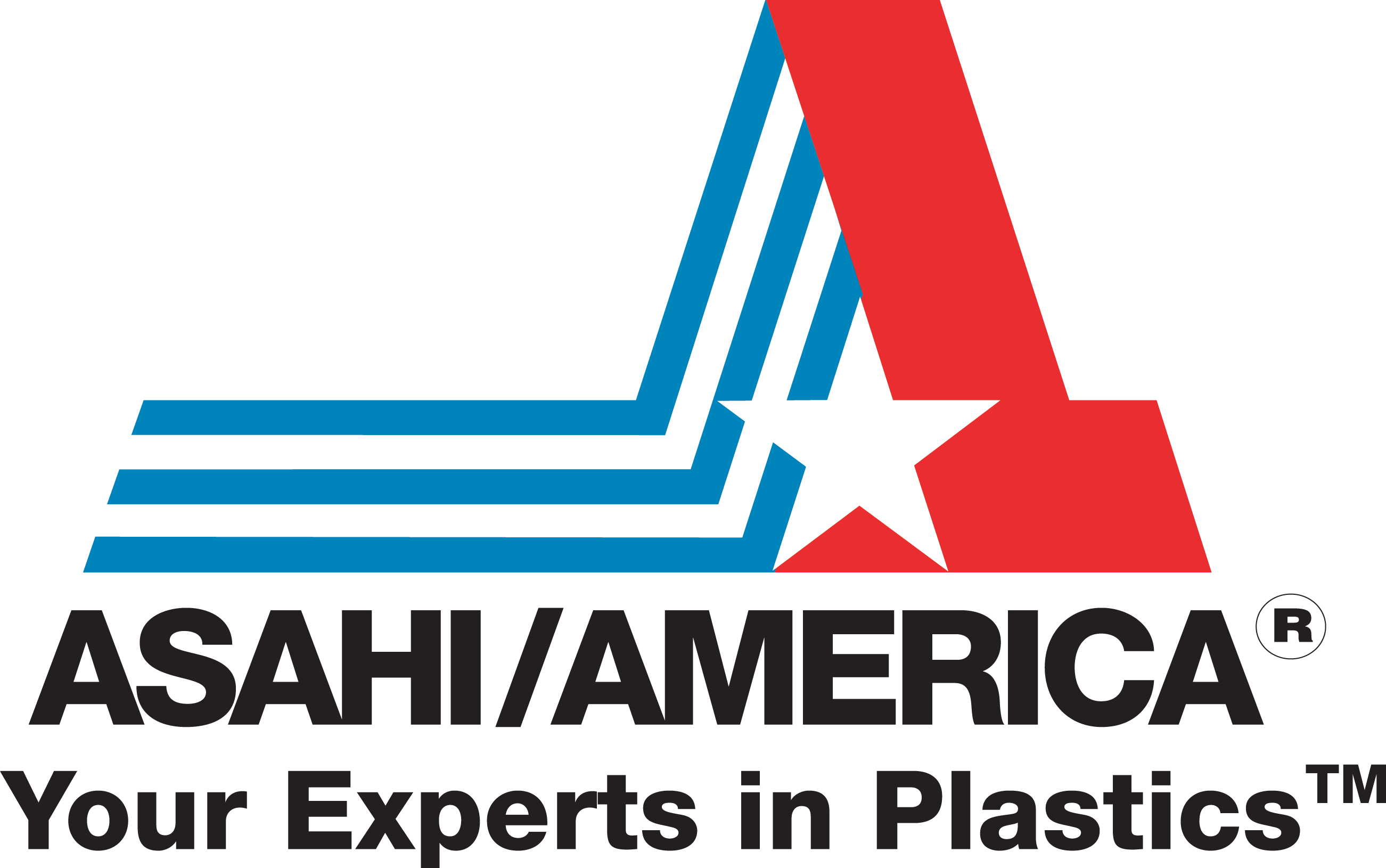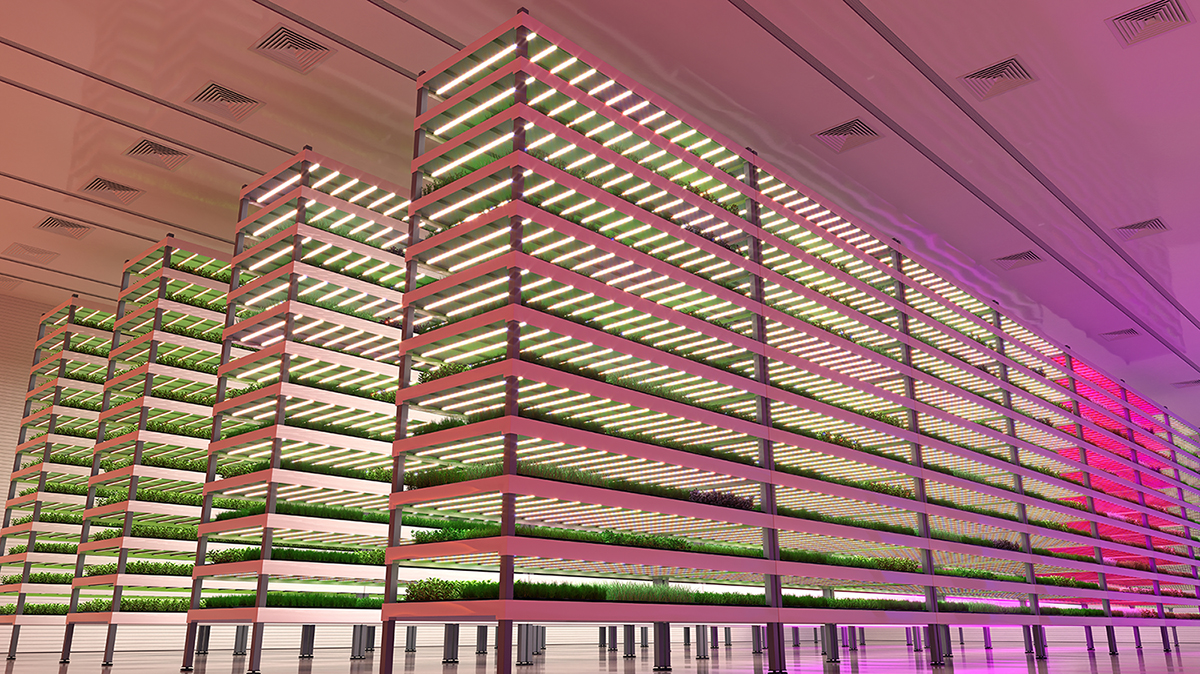

November 1, 2022
Inner Circle
Controlled Environment Agriculture (CEA) and Thermoplastic Solutions
Contributed by Shane McDaniel, Business Development Manager
Controlled Environment Agriculture (CEA), in its simplest form, is not a new development. It dates back to the Roman Empire when Emperor Tiberius became so infatuated with having his daily cucumber that his gardeners had to use a mobile cart to transfer the plants in and out during the day and lined wooden frames with Selenite to keep them warm. Later in the 17th century, pioneers of botany experimented with the earliest forms of greenhouses, but it wasn’t until the early 1800’s that the first modern greenhouse was invented by a French botanist named Charles Lucien Bonaparte. As humanity spread across the globe, traders began sharing crops between regions, and agricultural techniques had to be adapted to provide food consistently.
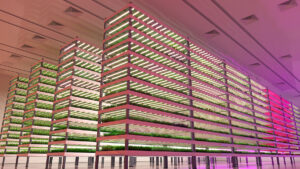
Controlled Environment Agriculture (CEA) is an advanced and intensive form of hydroponic agriculture where plants grow within a controlled environment to optimize yield. Unlike a simple greenhouse, CEA requires many intricate, modern engineering considerations to be implemented successfully. CEA can be used in vertical farming, hydroponics, aquaponics, greenhouses, and, most recently, variations of cannabis cultivation. Each of these methods has specific considerations for design and operation.
However, they all share some common needs, which include:
- Lighting
- Temperature/humidity controls
- Fertigation
Engineers and producers are rapidly researching and adapting technologies and techniques to perfect the environment for their CEA facilities. Each of these major systems affects yield and contributes to profitability. Within the CEA marketspace, thermoplastics have often been favored due to their superior cost, weight, ease of installation, and chemical resistance. PVC and CPVC are the most common, depending on the application and complexity of the system. An increase in automation technologies and complex system design has recently contributed to more opportunities for OEMS that serve the CEA market—specifically those specializing in water treatment, chemical handling, and system design.
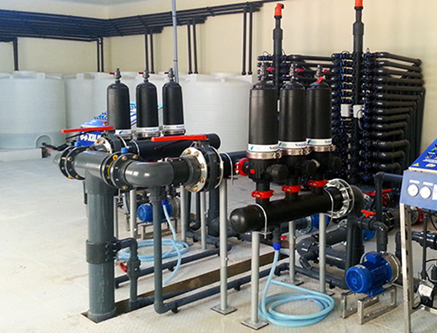 Fertigation is the application of fertilizers and nutrients into a farming system via the irrigation network (i.e., dissolved in water) and provides the most significant opportunity to implement thermoplastics. There are two main methods for fertigation: batch systems that involve mixing nutrients and chemicals into tanks and inline systems that add nutrients and chemicals directly into the water supply. Nitrogen and phosphorous are commonly used chemicals in this process, as are compounds such as calcium nitrate and potassium nitrate, along with several other micronutrients depending on the crop. The chemicals are metered, injected, or stored and then applied to the growing beds based on the crop’s needs.
Fertigation is the application of fertilizers and nutrients into a farming system via the irrigation network (i.e., dissolved in water) and provides the most significant opportunity to implement thermoplastics. There are two main methods for fertigation: batch systems that involve mixing nutrients and chemicals into tanks and inline systems that add nutrients and chemicals directly into the water supply. Nitrogen and phosphorous are commonly used chemicals in this process, as are compounds such as calcium nitrate and potassium nitrate, along with several other micronutrients depending on the crop. The chemicals are metered, injected, or stored and then applied to the growing beds based on the crop’s needs.
Fertigation systems can range from simple storage tanks with minimal controls and limited piping to larger scale fabrications with multiple pumps, controls, and water pre-treatment equipment. Raw, or poor water, requires a treatment to remove dissolved salts, solids, and other contaminants that can hinder crop production. Poor water is often filtered via reverse osmosis and then sent downstream.
Some common challenges for growers include space constraints for piping and valves, biomass settling in piping and control points, poorly controlled fertigation zones, and limited onsite personnel. Systems should be designed to allow maximum space utilization in the facility and ensure easy access for growers to maintain and monitor production.
As an excellent solution to several of these challenges, the Series 19 electric actuator provides reliable, repeatable results in a compact design while granting users peace of mind through ease of use, market leading features, and an industry-leading 3-year warranty. Asahi’s Series 19 with a Type-21 ball valve is ideal and discrete for modulating control.
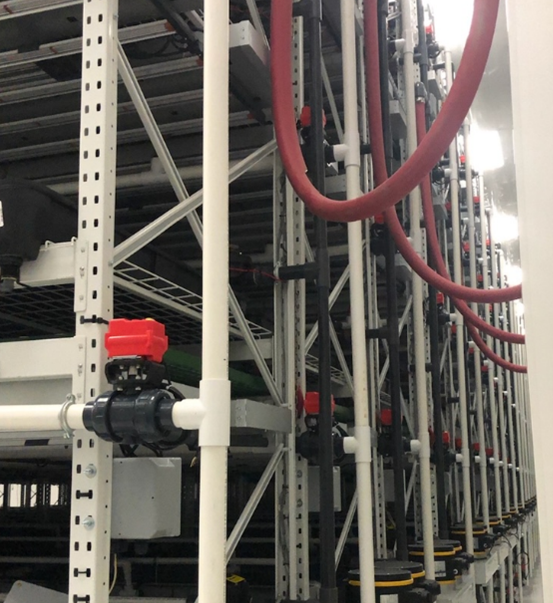
With the Series 19 SmartPack with a Type-21a SST ball valve flow control package, growers can achieve reliable, repeatable dosing with direct or batch injection across multiple zones, contributing to increased yield. The 19 with a Type-23 Multiport® ball valve can also help producers reduce costs with a single control valve for fill and drain.
The size and weight benefits of the actuator allow growers to utilize minimal space effectively, and the true union design of the valves provides easy access for troubleshooting, repair, or field replacement.
Another CEA farming maintenance concern can be the buildup of sediment and other biomass in the piping system. As beds are filled with sweet water and runoff is cycled, biomass, like algae, growth media and other sediment can accumulate. This buildup can contribute to losses in water quality, influence nutrient absorption and negatively affect yield. An ideal solution is to utilize an inline strainer to gather this biomass and provide a collection and clean-out source, such as Asahi/America’s strainer drain. With a large filtration capacity and low pressure drop, the unit is ideal in areas where biomass can accumulate. With features like true union design and a clear strainer body maintenance and operation, personnel can easily identify areas that need cleaning.
With our extensive offering of PVC, CPVC, and other specialty thermoplastic piping, valves, and actuation, Asahi/America is fully capable of meeting the needs of this growing industry. Contact us today.
EDITOR’S NOTICE: Please note, the information in this article is for educational purposes only and does not supersede any Asahi/America technical information or product specifications. Please consult Asahi/America’s technical department at 1-800-343-3618 or pipe@asahi-america.com on all product applications in regards to material selection based on the pressure, temperature, environmental factors, chemical, media, application, and more.
